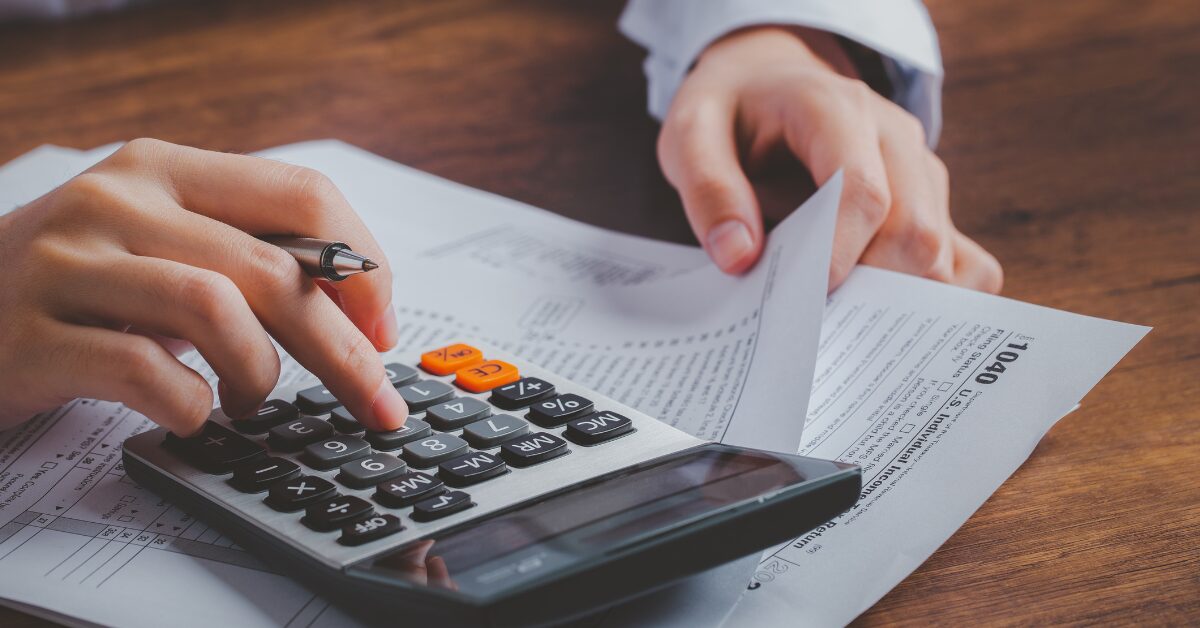In this article:

Tax time doesn’t have to be overwhelming, especially for property investors. With the end of the financial year (EOFY) approaching, it’s the perfect opportunity to review your rental property’s finances and take advantage of all the deductions available to you. By understanding and maximising your claims, you could save thousands of dollars and set yourself up for a strong financial year ahead.
One of the most overlooked areas for claims? Depreciation. Many property investors miss out on significant savings simply because they’re unaware of what can be claimed. Here’s what you need to know about maximising your rental property deductions and thriving this EOFY.
What is Depreciation and Why is it Important?
Depreciation refers to the natural wear and tear your property and its assets experience over time. Simply put, everything inside your rental property, from carpets to ovens, is losing a little value every year. The Australian Taxation Office (ATO) allows property investors to claim this loss as a deduction, which could significantly reduce your taxable income.
It’s important to note that these deductions aren’t just for brand-new properties. Many assume pre-loved homes don’t qualify for depreciation claims, but this simply isn’t true.
Renovations completed by previous owners or updates you’ve made yourself may also be deductible. By understanding and making the most of depreciation, you’ll be leaving less money on the table at tax time.
The Two Types of Depreciation
To properly maximise your deductions, you’ll need to understand the two main types of depreciation the ATO recognises:
1. Capital Works
This involves the structural elements of your property. Capital works cover parts like walls, floors, concrete, tiles, and even windows. If your property was built or underwent structural improvements after a certain date (e.g., post-1987 for residential properties), it will generally qualify for these deductions.
2. Plant and Equipment
Plant and equipment depreciation applies to moveable or mechanical items within the property, such as an air-conditioner, dishwasher, blinds, or carpets. Keep in mind that there are stricter eligibility rules depending on when the property was purchased and the nature of the items.
Knowing what falls under each depreciation type ensures you capture all possible deductions without any overlap or confusion.
Why Work With a Quantity Surveyor?
Calculating depreciation on your own can be complex, but the good news is you don’t have to do it alone.
What Does a Quantity Surveyor Do?
A registered quantity surveyor is an expert in property construction and depreciation. They can inspect your property, determine what you’re entitled to claim, and prepare a depreciation schedule tailored to your property.
The Value of a Depreciation Schedule
A depreciation schedule outlines all deductible assets, along with their annual decline in value. This document simplifies your tax return by giving you and your accountant clear, accurate figures. Plus, a professionally prepared schedule ensures compliance with ATO guidelines, so you won’t have to stress about errors.
Many investors find that the tax savings they gain often outweigh the cost of the schedule over time.
Tips to Maximise Your Tax Return
Depreciation is just one piece of the puzzle when it comes to rental property deductions. To get the most out of your tax return this EOFY, consider these additional strategies.
1. Review All Expenses
Take a close look at every expense tied to your rental property. Common deductible costs include:
- Mortgage interest
- Property management fees
- Advertising costs for new tenants
- Repairs and maintenance
- Insurance premiums
- Council rates
By keeping detailed financial records, you’ll avoid missing out on any claimable costs.
2. Don’t Forget Renovations
If you’ve completed any renovations on your property (even small ones like replacing a kitchen appliance or retiling a bathroom floor) you may be able to claim deductions for these works. Similarly, renovations carried out by previous owners could still qualify under capital works depreciation.
3. Consult With an Accountant
It’s crucial to work with an accountant who understands property investments. They’ll know exactly what you’re entitled to claim and how to lodge your tax return efficiently. Better yet, they can help you reduce your overall taxable income while ensuring compliance with ATO regulations.
Combine the expertise of an accountant with that of a quantity surveyor to optimise your deductions to their fullest potential.
Plan Ahead for a Stress-Free EOFY
Good planning is key when it comes to EOFY preparation. By organising your financial records, consulting with professionals, and getting a depreciation schedule in place, you’ll make tax time a breeze, not a burden.
Start early to avoid last-minute surprises and give yourself plenty of time to maximise your claims.
Next Steps to Maximise Your Deductions
Still feeling unsure about depreciation or where to begin? Don’t worry. With expert guidance, you can confidently handle your rental property’s finances and save thousands in the process.
To take the next step, connect with a certified quantity surveyor or trusted accountant today. Reach out to your local YBR Mortgage Broker to leverage their network of expert contacts. When you understand the full scope of your entitlements, EOFY becomes less of a challenge and more of an opportunity.
Remember, the earlier you prepare, the better your chances of a smooth, hassle-free tax season. Start now and set yourself up for success.



